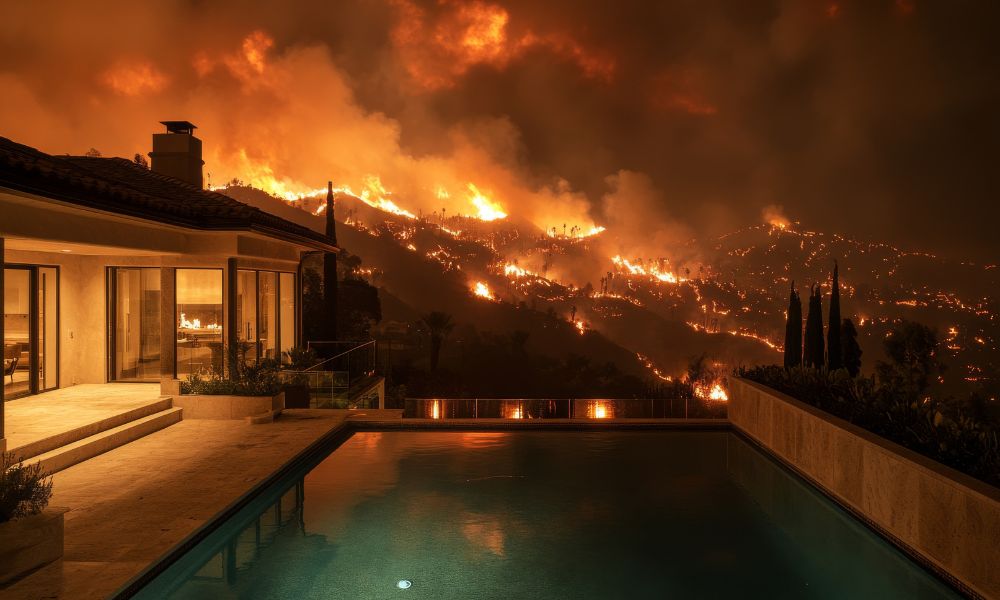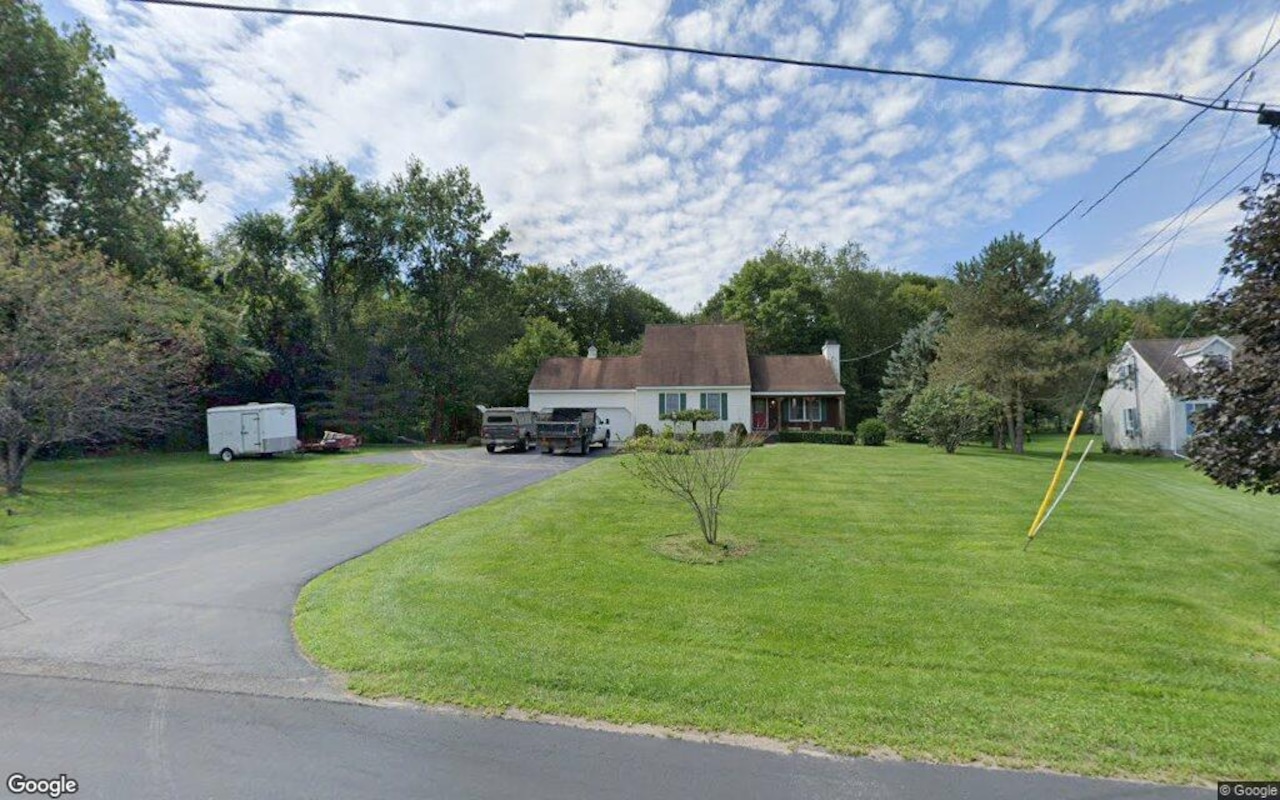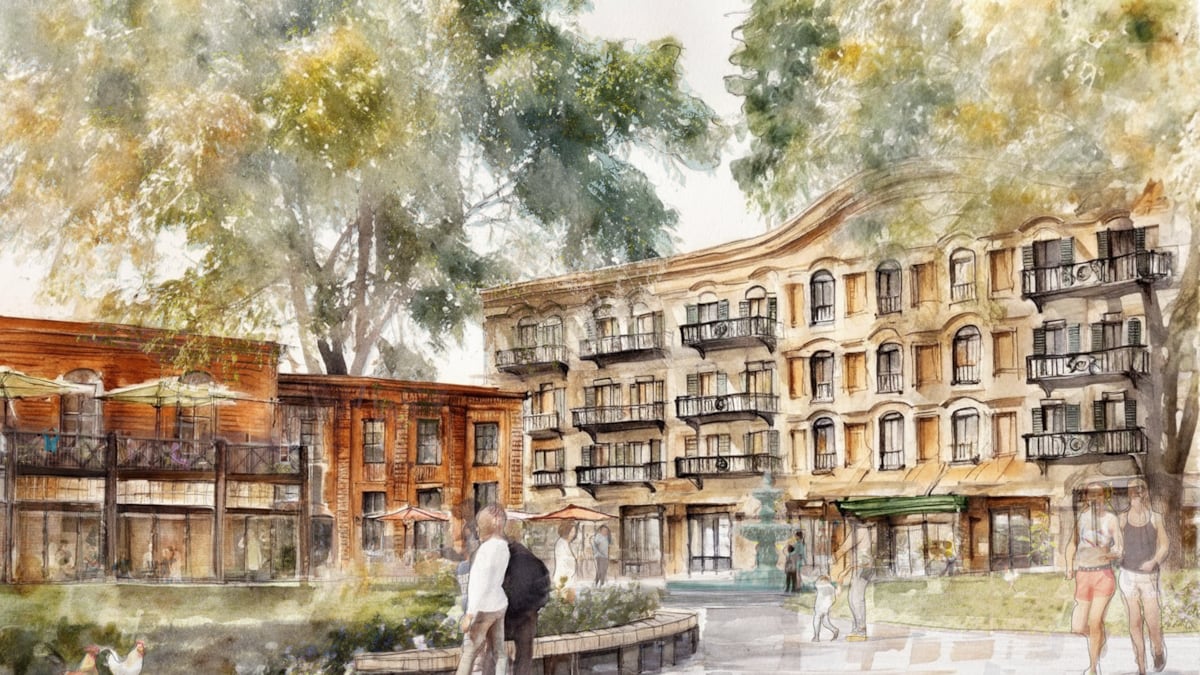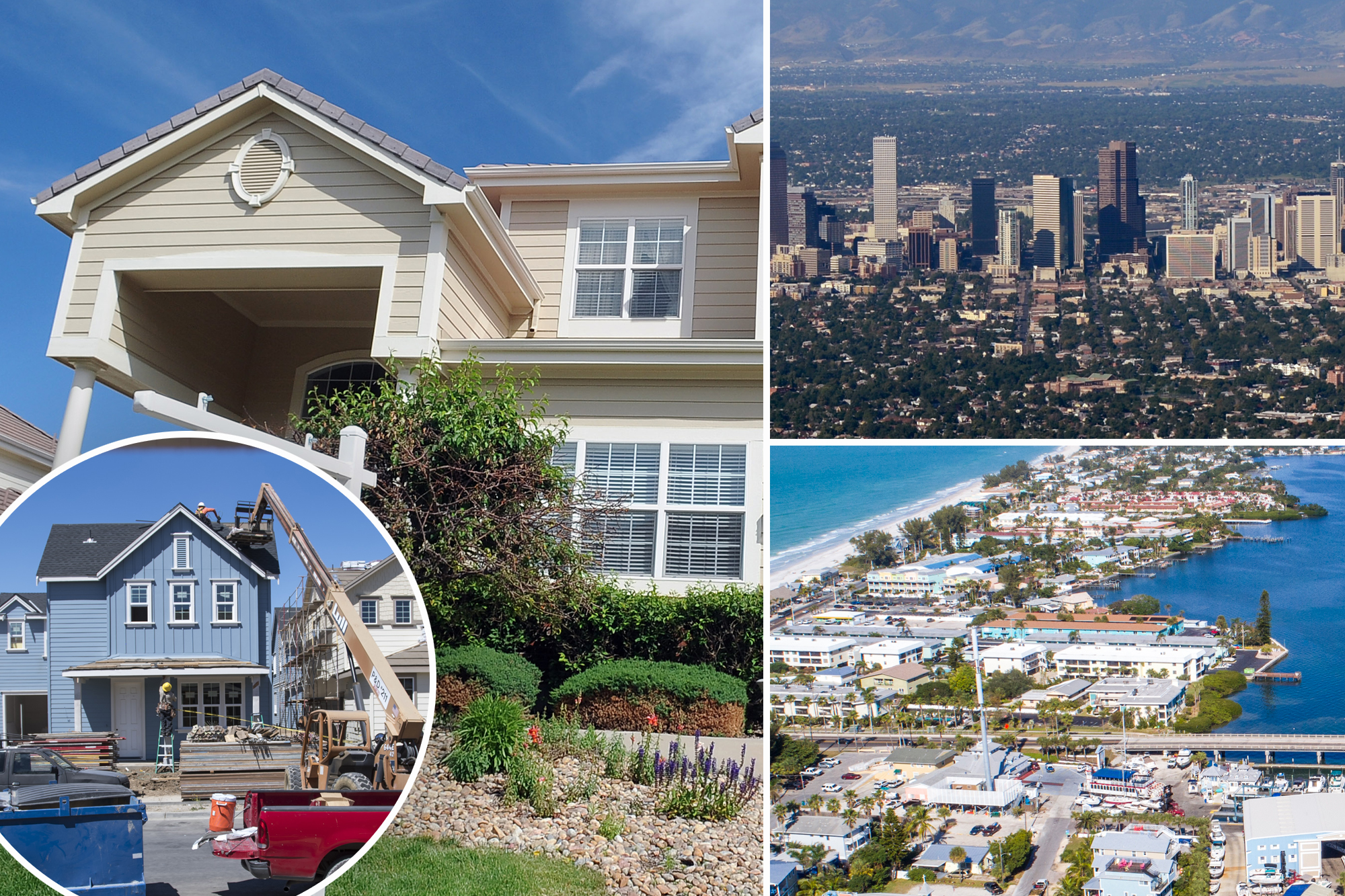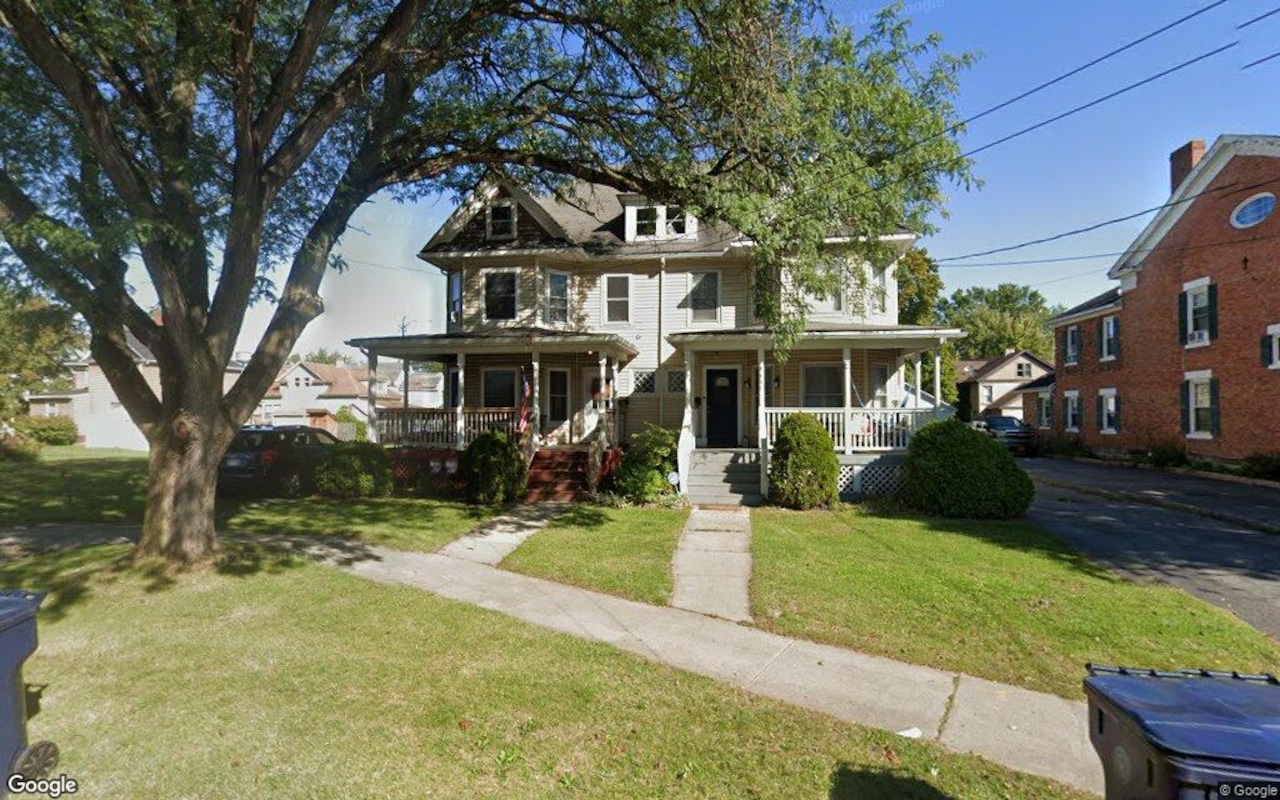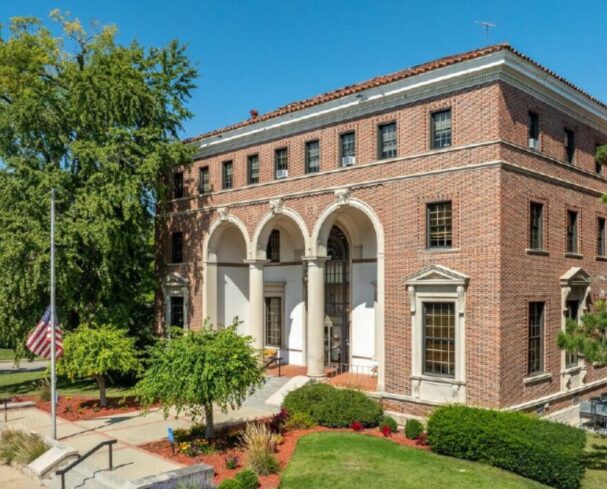A
s climate disasters intensify across the US, high-net-worth buyers are reassessing their real estate investments to mitigate environmental risks. This shift is forcing lenders, developers, and agents in the luxury market to adapt.
The record-breaking $128.2 billion in weather-related damages in 2024 has significantly impacted property values, particularly in regions prone to wildfires, flooding, hurricanes, and extreme heat. In Los Angeles, neighborhoods like Pacific Palisades and Altadena are now grappling with increased wildfire threats, with estimated losses ranging from $76 billion to $131 billion.
In response, homeowners and developers are embracing climate-conscious design, incorporating fire-resistant materials, resilient landscaping, and smart-home systems to protect against extreme weather. This trend is not limited to California; nearly 45% of US homes worth an estimated $22 trillion are at risk of severe damage from environmental hazards.
Mortgage professionals are feeling the impact, particularly in areas where insurance markets have become unstable. In Colorado, wildfires have become a persistent threat, wiping out neighborhoods and increasing insurance premiums dramatically. "It's a struggle," said Justin Smith, senior mortgage banker at Cornerstone Home Lending. "There is no single silver bullet here."
Insurance premium increases of up to 51% in mountain communities near Boulder, Colorado Springs, and Fort Collins have left homeowners scrambling for coverage or turning to the state's FAIR Plan. Without adequate insurance, lenders can't approve financing, and deals collapse. Real estate agents in high-risk regions are now seeing deals fall apart due to buyers' inability to secure insurance.
